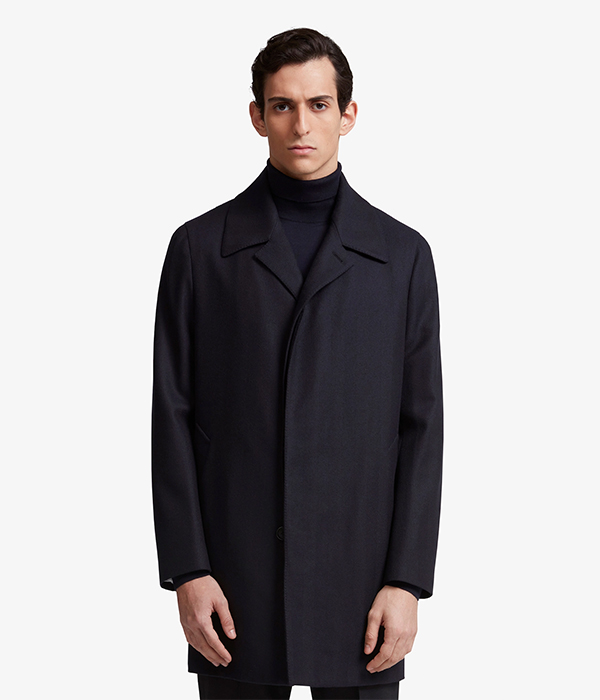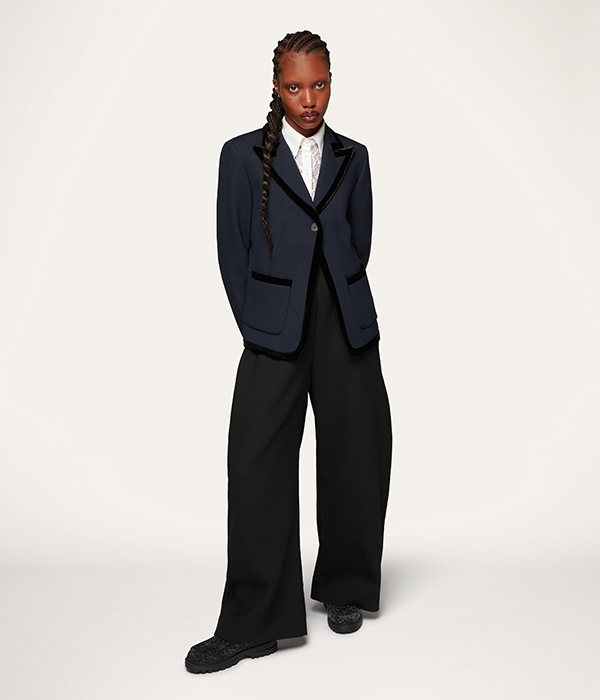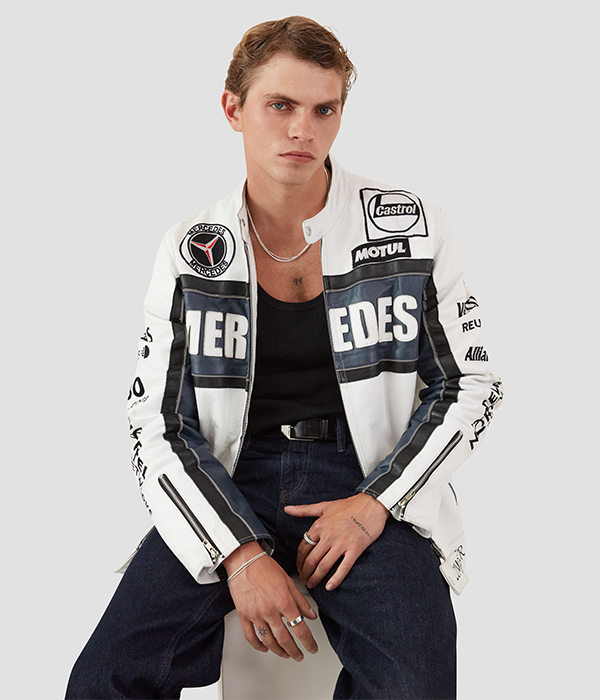The Future of Sustainable Fashion Content
The fashion industry has long been a catalyst for creative expression, but it’s also under growing scrutiny for its environmental footprint. While much attention has focused on materials, manufacturing, and logistics, another area is coming into focus: the environmental cost of content creation.
From e-commerce imagery to lookbooks and editorial campaigns, producing visual content for fashion often involves carbon-intensive travel, high-energy studio use, and significant waste. For many modern brands—especially those committed to conscious production—this presents a dilemma: how do you tell a compelling visual story without contradicting your sustainability values?
At LRP Studios, we believe low-impact content creation is not only possible—it’s essential. Through considered production, efficient workflows, and honest creativity, we help brands achieve powerful visuals with a lighter footprint. This article explores how fashion shoots can be made more sustainable without compromising on quality, craft, or impact.
What’s the Environmental Cost of Traditional Fashion Shoots?
Traditional content production in fashion tends to be resource-heavy. A typical shoot may involve transporting teams across borders, building temporary sets, using intense artificial lighting, and relying on disposable props, catering, and printed materials.
Consider the following:
- Travel and transport: Models, stylists, photographers, and producers often fly in from different cities or countries. Sample garments and props are shipped across continents. All of this contributes significantly to a shoot’s emissions.
- Energy use: Studios with large-scale lighting setups, climate control, and multiple devices can consume high amounts of electricity per day. If powered by non-renewable sources, this adds further to the carbon footprint.
- Waste: From set materials and packaging to catering disposables and wardrobe overstock, a campaign can generate considerable single-use waste in a short time.
- Printed lookbooks: Though increasingly rare, printed campaign materials still exist and add to water usage, emissions and resource consumption.
In total, it’s not uncommon for a large-scale fashion shoot to produce between 5 to 15 tonnes of CO₂ equivalent, depending on travel and production scope—roughly equivalent to the annual emissions of two to three UK households¹—not to mention significant material waste and water usage.

Building a More Sustainable Approach — What We’re Doing at LRP
At LRP Studios, sustainability is woven into how we work—not as a limitation, but as a framework for better choices. We’re proud to be certified as a carbon-neutral photography studio through Carbon Neutral Britain², and we continuously look for ways to reduce our footprint while elevating our output.
Here’s how we approach low-impact content creation:
- Localised shoots: Whenever possible, we work with local teams and talent in London to eliminate unnecessary travel. East London’s creative energy and architectural diversity provide a wealth of on-location possibilities.
- Energy-conscious practices: While we don’t claim to use only LED or renewable-powered lighting, we’re thoughtful in our studio setup—using natural light where possible, and avoiding unnecessary energy consumption through careful planning and equipment management.
- Reusable sets and props: We maintain a collection of modular, reusable set pieces and styling props. This reduces the need for one-off purchases or custom builds that end up discarded after a single use.
- Digital-first delivery: We encourage the use of digital lookbooks and campaign decks instead of print materials. This not only speeds up sharing but significantly reduces waste and paper consumption.
- In-house production: Photography, video, and post-production all happen under one roof. By consolidating services, we avoid the shipping of samples between multiple vendors and reduce the total emissions of a campaign.
- No bottled water: At the studio, we provide only filtered water and canned drinks—no plastic bottles. It’s a small detail, but over time, it reduces plastic waste significantly.
- Sustainable sourcing: We prioritise second-hand, recyclable, or natural materials for still life styling and sets. Partnering with suppliers who share this ethos is key.
Reducing Waste Without Compromising Craft
There’s a misconception that sustainability means scaling back creatively. At LRP, we believe the opposite is true. By working with tighter constraints, we often unlock more thoughtful, refined visual stories.
Waste is reduced not by limiting imagination but by planning shoots carefully:
- Smarter scheduling: We often combine multiple content types (still life, e-commerce, video) into a single production day, maximising outputs from one session.
- Prop efficiency: Props are selected not just for visual appeal but for their reusability, recyclability, or natural origin. We also collaborate with local prop rental services when possible.
- Modular backdrops: Rather than creating elaborate one-off sets, we use clean, interchangeable backdrops that can suit a variety of briefs.
The result? Content that is elegant, premium, and produced responsibly.

What About AI-Generated Fashion Imagery? A Closer Look
As fashion brands explore ways to streamline production, some are turning to AI-generated photography and synthetic models. On the surface, these solutions appear sustainable: no travel, no catering, no props. But the reality is more complex.
Training large-scale AI models requires vast computational power, which consumes significant electricity—studies estimate that training a single large AI model can emit over 284,000 kilograms of CO₂, equivalent to the lifetime emissions of five average cars3—potentially more than a traditional shoot if not offset properly. Additionally, AI-generated content lacks the nuance, imperfection, and emotional resonance of real photography.
At LRP, we believe human-led shoots can be just as sustainable—if not more so—when done with care. They also offer something that AI can’t replicate: connection. Whether it's the chemistry between model and lens, the texture of fabric in soft light, or the spontaneity of an in-studio moment—these human elements matter.
While we remain open to innovation, our priority is delivering content that feels real, considered, and aligned with each client’s voice. For fashion brands focused on craft and storytelling, the human touch still leads.
Responsible Imagery for Conscious Fashion Brands
As more fashion labels integrate sustainability into their values, there’s a growing need for content partners who understand what that really means. Ethical production isn’t just about how clothes are made—it’s about how they’re communicated.
Over the years, LRP has collaborated with pioneering sustainable brands such as Stella McCartney, renowned for cruelty‑free luxury, and PANGAIA, whose recycled fibres from plastic bottles exemplify innovative eco‑fashion . These partnerships enable us to create content that reflects each brand’s environmental principles—from highlighting recycled materials to maintaining cohesive, authentic visual narratives.
From campaign visuals to product photography, every image tells a story. At LRP, we help our clients craft narratives that reflect their values, not contradict them. That means:
- No unnecessary excess.
- No hollow storytelling.
- No greenwashing.
Just honest, elegant imagery that celebrates the product—and the principles behind it.

Conclusion—Creativity with Consideration
Sustainability in fashion content doesn’t have to be radical. Often, it’s about small decisions made consistently: planning shoots more efficiently, choosing reusable materials, working with local teams, and telling stories that resonate without waste.
At LRP Studios, we’re proud to help brands embrace low-impact fashion shoots that feel as good as they look. Because the future of content is not just about standing out—it’s about standing for something.
References:
1. Estimate based on FlixStock data and industry benchmarks on average campaign emissions and resource usage.
2. Carbon Neutral Britain™ Certification, LRP internal reporting, 2024.
3. MIT Technology Review, 2023. “Training a single AI model can emit as much carbon as five cars in their lifetimes.”











